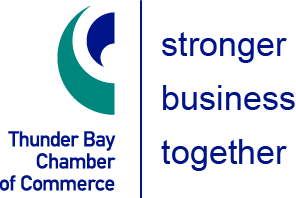Ontario’s current journeyperson-to-apprenticeship ratios make it difficult for employers to fulfill high levels of demand for skilled tradespeople as they struggle to recruit enough journeypersons to hire additional apprentices. These rules have resulted in young tradespeople struggling to work the hours necessary to complete their training which results in a limited number of certified tradespeople produced each year.
In simple language, ratios refer to the number of journeypersons (ie: on the job instructors) that are needed to train an apprentice (on the job trainee). The ratios are different depending on the trade. For example, under the old rules 4 journeypersons were required to train 2 apprentices for general carpentry or sheet metal worker (a 1:1, 3:1 ratio) but in plumbing the requirement was 3 journeypersons for 2 apprentices (a 1:1, 2:1 ratio).
Recently, the government has announced legislation that will lower these ratios to 1:1 across all trades. We believe that this change will make it easier for apprentices to become certified and for businesses to fill skills shortages and complete projects. This will be especially important for smaller urban and rural communities across Northwestern Ontario, where the pool of journeypersons is typically much smaller.
The Thunder Bay Chamber of Commerce has been asking for this type of movement on apprenticeship ratios for almost 5 years. We have partnered with the North Superior Workforce Planning Board in the creation of an Apprenticeship Task Force that has worked closely to identify challenges in the current apprenticeship system and propose solutions that address the unique needs of our local communities. Throughout our discussions, ratios have repeatedly been raised as an impediment to growth and opportunity in the skilled trades.
I am extremely pleased to see this proposed change. I look forward to our meeting with the Minister of Training, Colleges and Universities later this week to discuss some of the other solutions that we have developed to make Ontario’s apprenticeship system work better for Thunder Bay and Northwestern Ontario.















